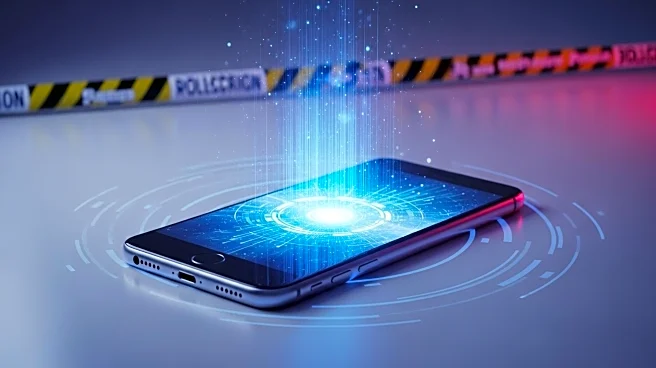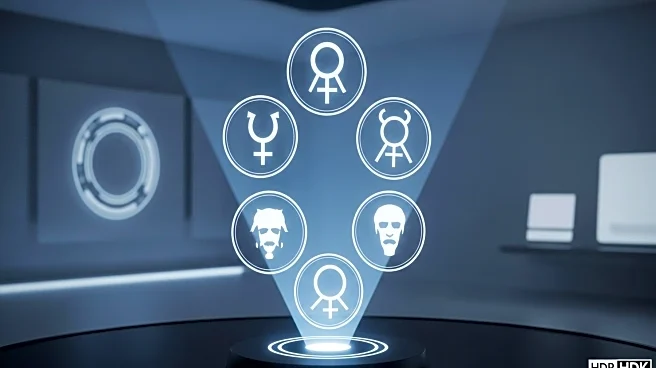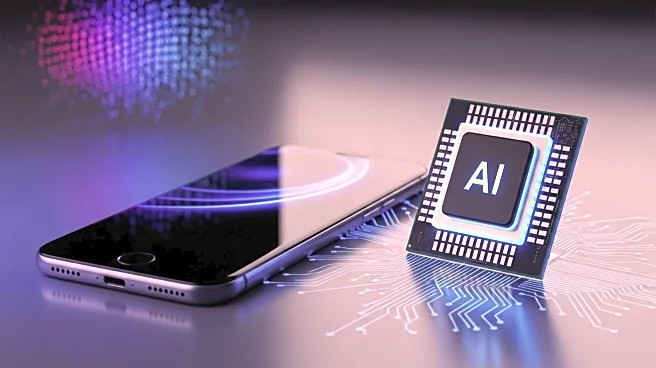What's Happening?
OpenAI's new text-to-video app, Sora, has reached over one million downloads in less than five days, surpassing the initial growth of ChatGPT. The app allows users to create realistic videos from text prompts, leading to a surge in AI-generated content on social media. However, Sora's handling of copyright material and depictions of deceased celebrities has drawn criticism. Zelda Williams, daughter of Robin Williams, publicly requested the cessation of AI-generated videos of her father. OpenAI has stated that while there are free speech interests in depicting historical figures, requests can be made to prevent the use of likenesses of recently deceased public figures.
Why It's Important?
The rapid adoption of Sora underscores the growing influence of AI in content creation, which could significantly impact the U.S. entertainment industry. The app's popularity highlights the demand for innovative tools that simplify video production, potentially reshaping how content is created and consumed. However, the controversy over copyright and ethical use of AI-generated likenesses raises important questions about intellectual property rights and privacy, which could lead to legal challenges and policy changes.
What's Next?
OpenAI may need to address the ethical and legal implications of its app's capabilities, potentially leading to updates in its policies or technology to better manage copyright issues. The company might engage with stakeholders, including rights holders and legal experts, to develop solutions that balance innovation with respect for intellectual property. The ongoing debate could influence future AI applications and their integration into creative industries.
Beyond the Headlines
The use of AI to recreate likenesses of deceased individuals touches on deeper cultural and ethical issues, such as the preservation of legacy and consent. As AI technology advances, society may need to reconsider the boundaries of digital resurrection and the rights of individuals and their families in controlling posthumous representations.










